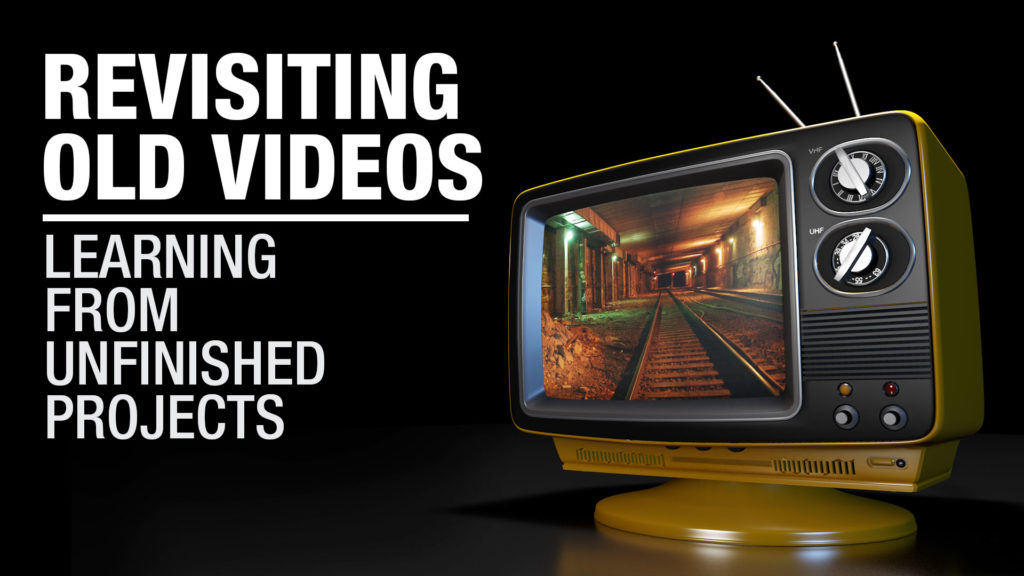
Revisiting Old Unfinished Videos
I am revisiting a lot of my old video footage and unfinished projects lately.
Much of the footage was shot when I got my first professional video camera, and is from 2007 – 2009. (I only know this thanks to the metadata in the video files) Some of the footage I didn’t even remember filming until after I looked through it..
Digging through this old video footage is both fun and informative. I learn quite a bit editing these unfinished projects, by being forced to work differently than I normally would.
Why Am I Returning to My Unfinished videos?
About 3 months ago I decided to create at least one new video a month. Ideally one per week if time allows. (So far I have been getting a video out about every 8 or 9 days – sometimes more frequently).
I came up with this idea at the beginning of Winter. Many of my new video ideas would be better served if they were filmed in nicer weather, so I thought about using footage I already had. All of the things I filmed over the years and never did anything with.
I also didn’t want to film a bunch of new footage and not edit it. Thus adding to my pile of abandoned projects.
I dug through my mess of old hard drives, and DVD backups to see what was available.
The Challenge of reworking Abandoned projects.
Looking through my old video footage, and digging through old hard drives was fun. It felt like looking at archival footage. I was so far removed from shooting it (over a decade) that I had to evaluate the footage based on what was already there.
Trying to find a story within this footage did prove challenging at times.
I can’t shoot additional interviews – because people had died. I can’t reshoot certain locations – because some have been demolished. These limits were a nice exercise to break me out of my usual workflow.
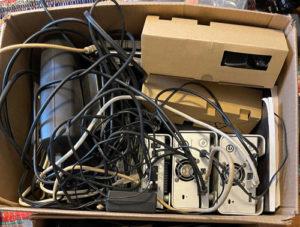
The Benefits of Editing Old, Unfinished Videos
Seeing how you evolve from your old projects
One benefit was seeing how far I had come as a camera person, and filmmaker over the years. Much of my old video footage was very haphazard and aimless. Frequently the camera was waving around like Katherine Hepburn in a Helicopter.
Granted, I was just getting acquainted with filming, but I definitely wasn’t filming with editing in mind.
Discovering Which Old Filming Techniques are Still Valid
Seeing this early video footage also showed me which of my old filming techniques worked. In some cases the erratic handheld footage serves the story very well. It gives the footage a sense of immediacy and authenticity that wouldn’t be there if I used a tripod, and a lighting kit.
Editing Abandoned Video Projects
Editing a few of these abandoned video projects into short documentaries has been a fun challenge. As I mentioned above, some of the footage wasn’t shot with editing in mind. This has forced me to do some things I would normally shy away from.
Embracing Handheld Footage
A big one is using shaky handheld footage. I typically avoid this, by not shooting handheld. Or I film multiple takes, so I can choose the smoothest option in the edit. With some of this old footage, I have no option but to use it.
Rely on Archival Footage to supplement the Story
Another thing it has forced me to do, is find archival footage to help tell the story I am trying to tell. Since I make a fair amount of historical videos, I’m used to finding old maps and other documents, but I normally want to shoot all of my own footage. For one video I needed to use some medical footage from the 1940s to help convey the story I was telling.
My Biggest Takeaway from Revisiting an Unfinished Project
The biggest takeaway for me however, came from editing my favorite video so far out of my old footage – the “Mole People” Video at the top of this post.
Since making my feature documentary “The Siege of Fort William Henry,” last year, I have leaned more heavily into voice over to help drive the story.
The Mole People video uses not only voice over, but also my voice which was captured live during the interview. My presence is felt on screen, and I’m even seen in one brief shot.
Up until this video I would always try to edit myself out of any interviews, and have the interviewee be the only speaker. Including the audio of my voice during the interviews, as well as video of me, helped add a sense of intimacy and reality to this short documentary.
Old Footage – New Approaches to Making My Documentaries
Digging through my old abandoned video projects has been a fun challenge. I am already incorporating a lot more handheld shooting back into my routine. I am also trying some different editing techniques.
The combined use of natural audio, interview footage and voice over narration is something I plan to explore more. It will be my path forward to making a longer documentary out of the footage I have from the Mole People in the Freedom Tunnel. I also plan to experiment with it in other videos.
I’m continuing to go through my old footage. I look forward to exploring what else I have lurking on my old hard drives, and discovering the best way to tell a story from it. I’m curious to see if it further influences my filmmaking workflow.
Sign up below for videos and news on my future projects.

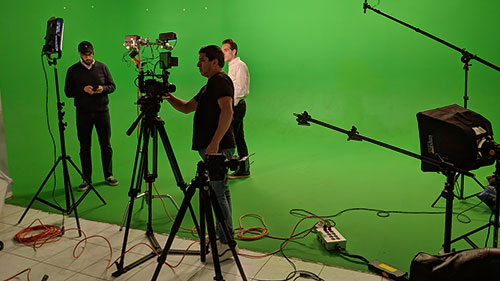
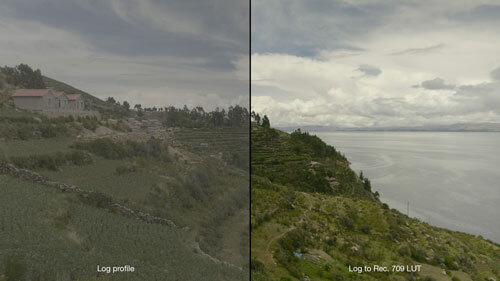
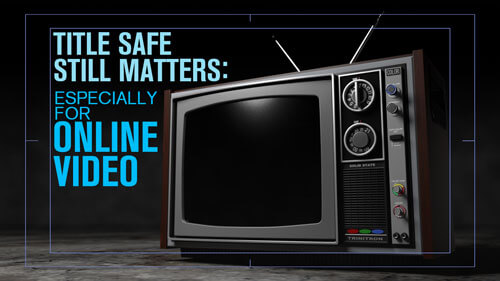
Youre documentries are aweseome!
Thank you, I appreciate it!